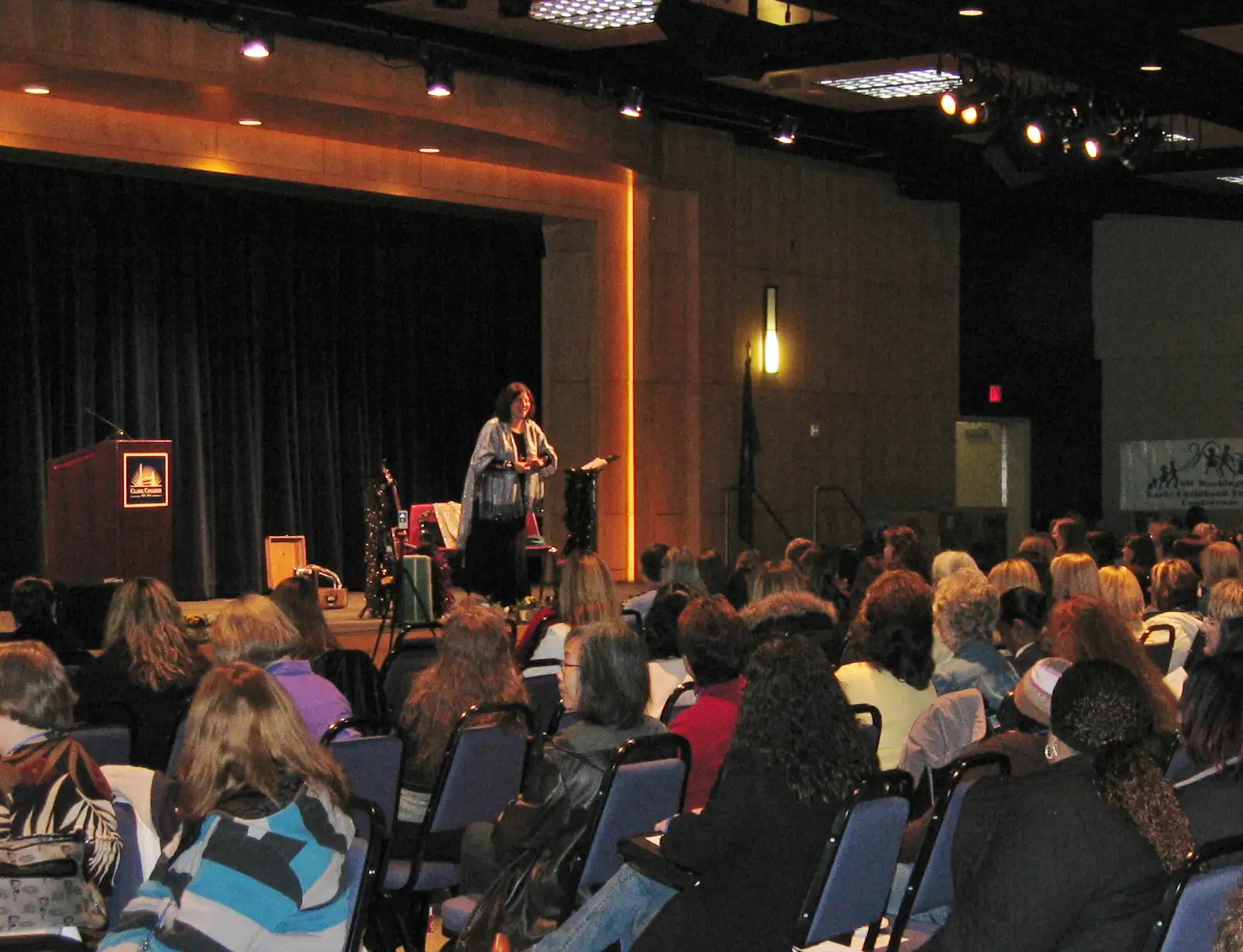
Over the years, I’ve had the privilege of performing for more than 400,000 people across the world, and if there’s one thing I’ve come to believe wholeheartedly, it’s this: When it comes to delivering a truly powerful keynote, emotional engagement isn’t just important—it’s everything.
Now, I’m not here to bash traditional keynotes. PowerPoints, charts, and well-researched data all have their place. But let’s be honest. How often do you leave those kinds of presentations remembering anything—not just the facts, but how you felt? My guess is, not very often. And that’s the problem. Intellectual-only presentations often fail to leave a lasting impression because they forget one critical truth: People don’t just think—they feel.
Today, I’d like to share why emotional connection is the key to making your keynote unforgettable and how I’ve personally seen this play out in my keynote concerts, where music, storytelling, and heartfelt moments come together to create magic.
The Science of Emotion and Why It Matters in Keynotes
Let’s get nerdy for a second, shall we? (Don’t worry, this is the fun kind of nerding out!) Did you know that emotionally charged experiences activate a part of the brain called the amygdala? This little almond-shaped nugget of gray matter handles emotions and memory, which is why if you feel something during a keynote, you tend to remember it.
When I first started blending music into my speeches, I wasn’t doing it to check a neuroscience box. I just felt in my heart that people absorb lessons differently when they experience them emotionally. I’d share a story or sing one of my songs, and—bam—you’d see the lightbulbs start to turn on. This wasn’t by accident. Research shows that emotional moments improve retention and not only make the message stick but also inspire action.
This is why creating emotional engagement in keynotes is so vital. If you never touch your audience emotionally, you may leave them with information, but you won’t leave them transformed. A keynote is a once-in-a-lifetime opportunity to connect with people, and if you’re not tapping into their emotions, you’re missing the point.
Why Just Facts Aren’t Enough
I’ve been in the audience for enough buttoned-up, fact-filled presentations to see what happens: people’s attention fades, eyes glaze over, and eventually, their phones come out. (We’ve all been there, haven’t we?)
What I’ve come to understand is this: Without emotion, a presentation might feed the mind, but it doesn’t touch the heart. There’s so much more to connection than data points and well-crafted arguments. The reality is, people need to know not just what you’re saying but why it matters to them—and that’s where emotional engagement works its hardest.
If you’ve ever wondered why presentations need emotion, you only have to think about this: It personalizes the message. You’re no longer delivering information to a faceless crowd. Instead, you’re speaking directly to each individual sitting there.
For me, music and stories are my go-to strategies. They’re my “interactive keynote strategies,” if you will. Music bypasses the logic-driven part of the brain and goes straight to the heart—where change happens. Stories? Oh, stories do something even better: They create empathy. When you tell a story, people see a bit of themselves in it, and suddenly, they’re not just hearing you; they’re walking alongside you.
Music and Storytelling: The Secret Ingredients
Can I tell you a little secret? When I first started combining music and keynote-style speaking, I wasn’t sure how audiences would react. Would they think, “Wait, what’s this woman doing singing on stage?” But you know what? The result was pure magic.
There were tears. There was laughter. And most of all, there were comments afterward like, “I felt that” or “That’s exactly what I needed to hear today.” Oh, my. To me, that’s worth everything.
Music touches places words can’t reach, while stories make abstract ideas real. I love watching audiences go from politely nodding along to tapping their feet, raising their hands, and even sharing their own personal stories with me afterward. That’s the beauty of blending these elements. They create memories that linger—not just in the mind, but also in the heart.
How Emotional Engagement Transforms Events
When you prioritize emotional connection, something remarkable happens at your event. People light up. They lean in. They walk away with a renewed sense of purpose. I’ve seen this transformation firsthand over and over again.
Here’s what I’ve noticed:
- Audiences stay more engaged: Emotional connection keeps people involved from start to finish—they’re not checking out halfway through.
- Event satisfaction scores rise: Whether it’s a corporate meeting or a non-profit event, attendees are happier when they feel something meaningful.
- Messages stick longer: People remember how you made them feel far more than they remember a PowerPoint slide.
A great example comes from a recent event where I performed a keynote concert for a corporate team. They came in tired, stressed, and dragging their feet. But after an hour of music, storytelling, and shared laughter, they left energized and connected—not just to the message, but to each other. That’s the power of emotional engagement in action.
Looking for Engaging Event Speaker Ideas?
If you’re planning an event and want a keynote experience that moves your audience—not just their minds, but their hearts—I’d love to help. My keynote concerts aren’t your run-of-the-mill presentations, and that’s precisely the point. I’ll bring my songs, my stories, and my passion for creating emotional engagement in keynotes to turn your event into an experience your audience will never forget.
At the end of the day, it’s not about me; it’s about you and your audience. It’s about giving them something meaningful to take home—something they’ll still be thinking about weeks, even months, later.
So, if you’re ready to infuse your next event with emotion, inspiration, and a whole lot of joy, let’s connect. Together, we can make your keynote extraordinary.
With Audacious Joy,
Anne-Louise
